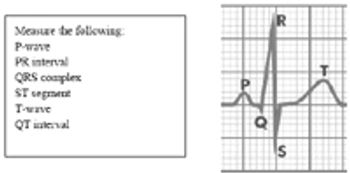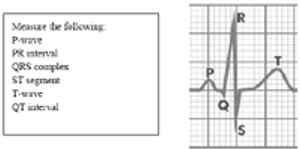
Steven Marks, BVSc, MS, MRCVS, DACVIM (SAIM), dean of the Harvey S. Peeler Jr. College of Veterinary Medicine at Clemson University, discusses why the future school is important to South Carolina and the veterinary profession.
Department of Clinical Sciences
College of Veterinary Medicine
North Carolina State University
Raleigh, NC 27606

Steven Marks, BVSc, MS, MRCVS, DACVIM (SAIM), dean of the Harvey S. Peeler Jr. College of Veterinary Medicine at Clemson University, discusses why the future school is important to South Carolina and the veterinary profession.

Traumatic injuries of the respiratory system are fairly common in the dog and cat. Most of these injuries can lead to life threatening complications. It is important that the veterinary clinician be familiar with the clinical signs associated with these injuries and be prepared for aggressive intervention when required.

Oxygen is an ideal therapeutic agent because it is easy to administer, readily available and if used correctly relatively safe. There are very few contraindications to oxygen supplementation.

Cardiopulmonary resuscitation (CPR) or the more comprehensive term cardiopulmonary cerebral resuscitation (CPCR) is still one of the most important interventions performed in human or veterinary medicine. This is especially true in veterinary medicine when dealing with emergency and critical critically ill patients.

Emergency and critical care medicine is one of the fastest growing fields within veterinary medicine. The standards and quality of care continue to rise and the pet owning community is expecting state of the art care for their pets.

The bleeding patient is one of the more common emergency cases presented to veterinary hospitals. Although management of these cases is often initially symptomatic, it is imperative for the veterinary team to understand the diagnostic tests available to investigate the underlying etiology.

The electrocardiogram or ECG is a valuable component of the medical evaluation of many dogs and cats. It can also be a useful tool for monitoring patients during hospitalization. It is imperative that a rapid and accurate rhythm diagnosis can be made so appropriate therapeutic intervention can be made.

Fluid therapy is one of the cornerstones of medical management. Fluids are used to correct dehydration, treat shock, treat hypotension, diurese, correct electrolyte abnormalities, provide an avenue for other therapeutic agents to name a few.

Published: August 1st 2011 | Updated:

Published: August 1st 2011 | Updated:

Published: August 1st 2011 | Updated:

Published: August 1st 2011 | Updated:

Published: August 1st 2011 | Updated:

Published: August 1st 2011 | Updated: